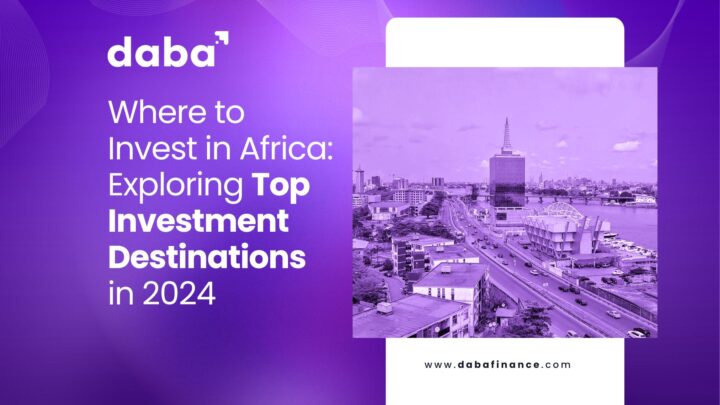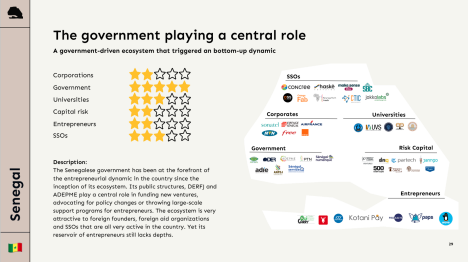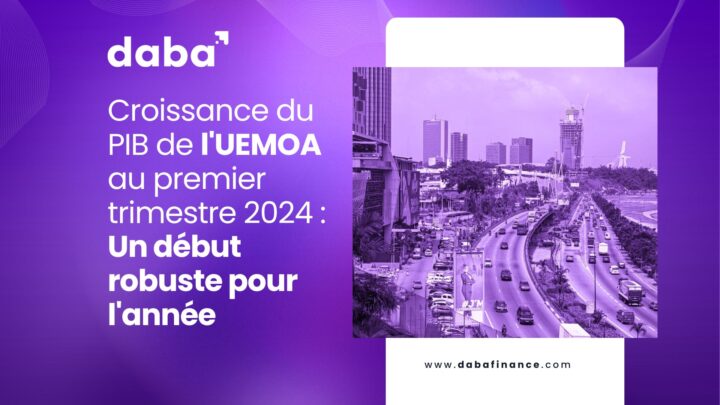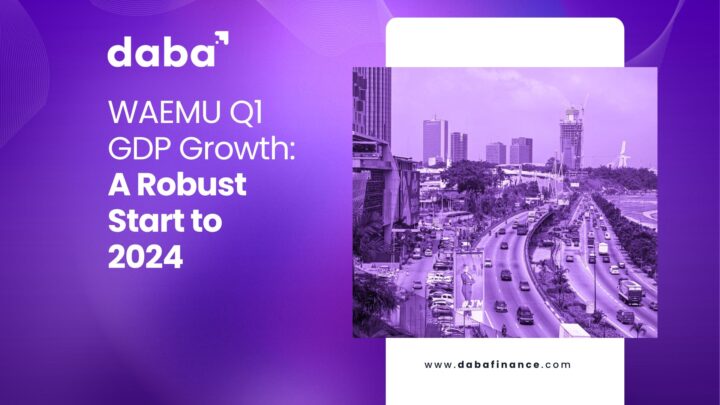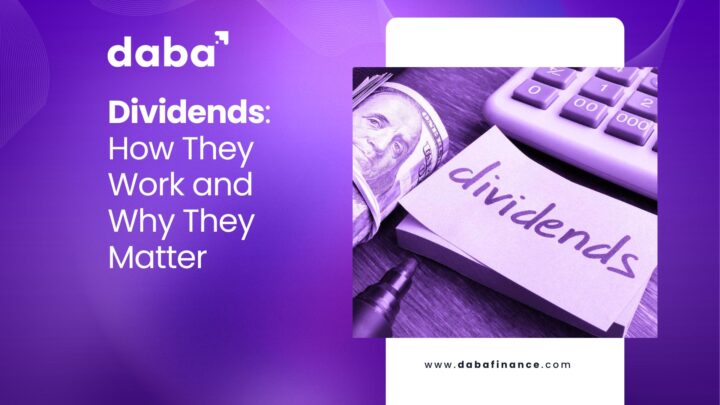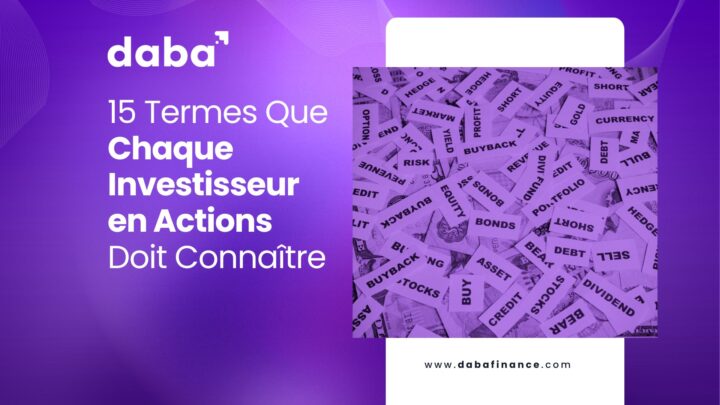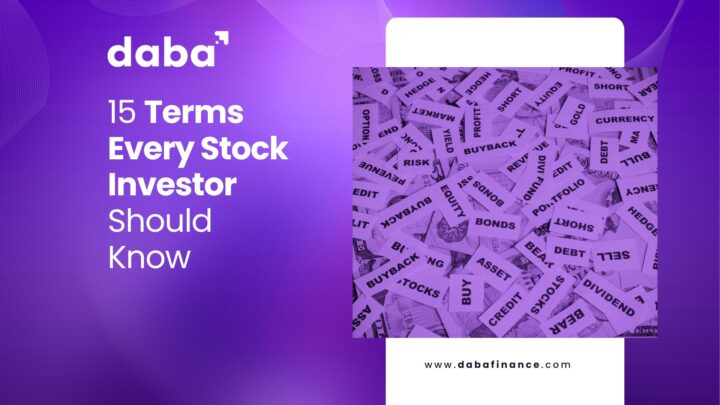RMB’s “Where to Invest in Africa 2024” report analyzes the continent’s investment landscape and insights into the most promising destinations.
Africa is a continent of immense potential, boasting diverse economic landscapes, rich natural resources, and burgeoning markets.
However, investing in Africa requires navigating a complex array of factors that influence a country’s investment attractiveness.
The Rand Merchant Bank (RMB) “Where to Invest in Africa 2024” report offers a comprehensive analysis of the continent’s investment landscape, providing valuable insights into the most promising destinations.
Why Invest in Africa?
Africa is not a monolith but a continent comprising 54 diverse countries, each with unique economic landscapes, resources, and development trajectories. The investment potential in Africa is driven by several key factors:
Demographic Dividend: Africa’s young and rapidly growing population offers a significant workforce and consumer base, poised to drive economic growth if adequately harnessed.
Natural Resources: The continent is rich in natural resources, including minerals, oil, and arable land, essential for various industries, particularly in the era of renewable energy.
Economic Reforms and Policies: Many African nations are implementing economic reforms aimed at improving business environments, fostering innovation, and attracting foreign direct investment (FDI).
Infrastructure Development: While infrastructure deficits remain a challenge, they also present opportunities for investment in transportation, energy, and telecommunications.
Regional Integration: Initiatives like the African Continental Free Trade Area (AfCFTA) aim to enhance intra-African trade, creating larger markets and reducing trade barriers.
Sign up here for our weekly Next Frontier newsletter
Understanding the Different Market Types in Africa
The RMB report categorizes African countries into different archetypes based on their economic structures and investment profiles:
Frontier Markets: These are economies with significant growth potential but higher risk. They often require substantial infrastructure investment and have emerging financial markets. Examples include Ghana and Kenya.
Emerging Markets: Emerging markets are more developed than frontier markets, with better infrastructure and more established financial systems. They offer significant investment opportunities but still carry some risks. Examples include Egypt and South Africa.
Developed Markets: These are more mature economies with stable growth, advanced infrastructure, and well-developed financial markets. They are less risky but offer lower growth potential. Examples include Seychelles and Mauritius.
Social and Human Development: While Egypt performs well in areas such as economic complexity and innovation, it faces challenges related to personal freedom and political stability.
Africa’s Top Investment Destinations for 2024
Seychelles and Mauritius: Island Nations Leading the Way
Seychelles and Mauritius have emerged as the top investment destinations in Africa, according to RMB’s ranking. Both countries demonstrate robust economic stability and growth potential and have diversified economies with strong tourism, financial services, and offshore business sectors.
These nations also offer excellent market accessibility and are known for their innovation-friendly environments. Mauritius, in particular, has established itself as a hub for technology and financial services. This is further improved by favorable investment climates, characterized by transparent regulatory frameworks, low corruption levels, and investor-friendly policies.
In addition, high human development indicators, including education and healthcare, contribute to the attractiveness of these nations.
While the limited market size of Seychelles and Mauritius might be a barrier for some investors, the overall positive investment climate makes them compelling destinations.
You can follow Daba’s reporting on Africa on WhatsApp. Sign up here.
Egypt: The Largest Market with High Potential
Egypt ranks third in RMB’s investment attractiveness index, driven by its substantial market size and economic potential.
Egypt has the largest population in the Arab world, providing a significant consumer base. The country’s economy is diverse, with key sectors including manufacturing, agriculture, and tourism.
Also, its strategic location at the crossroads of Europe, Africa, and Asia enhances its market accessibility. The Suez Canal is a critical global trade route, further boosting the country’s importance in international trade.
The government has implemented several economic reforms aimed at improving the business environment and attracting foreign investment. These reforms include tax incentives, infrastructure development, and streamlined business registration processes.
Despite currency challenges, Egypt’s large market and strategic location make it an attractive investment destination.
South Africa: Innovation and Market Accessibility
South Africa has a well-developed financial sector and is a regional hub for commerce and trade. However, the country faces issues such as slow economic growth, high unemployment, and infrastructure deficits. The investment climate has also been impacted by political and economic instability.
Despite its economic challenges, it remains a top investment destination due to its strengths in market accessibility and innovation. The country offers the best market accessibility on the continent, with a well-established financial market and advanced infrastructure.
More so, recent efforts by the government to implement economic reforms could improve the outlook. Furthermore, South Africa ranks high in human development indicators, although income inequality and social tensions remain significant challenges.
Investors may adopt a cautious approach, waiting for evidence of successful economic reforms before committing substantial investments, RMB says.
Morocco: Strategic Location and Diversified Economy
Morocco is ranked fifth and offers a unique combination of strategic location, economic diversity, and political stability. The North African economy is well-diversified, with key sectors including agriculture, mining, manufacturing, and tourism. The country has shown resilience and growth potential.
More so, Morocco’s proximity to Europe and its status as a gateway to Africa make it an attractive destination for trade and investment. The government has also made significant efforts to improve the business environment, including infrastructure development and investment incentives, as well as major strides in human development, particularly in education and healthcare.
Morocco’s strategic initiatives and economic reforms position it well as a top investment destination in Africa.
Other Continental Heavyweights
Nigeria: Africa’s Largest Economy with Challenges
Until recently Africa’s biggest economy, Nigeria has a vast and diverse economy, driven by sectors such as oil and gas, agriculture, telecommunications, and services.
However, it faces challenges including economic volatility, currency instability, and infrastructure deficits.
Moreover, its large population would provide a significant consumer base but market accessibility is hindered by regulatory complexities and security concerns.
While Nigeria has made efforts to improve its business environment, issues such as corruption and political instability pose challenges.
The West African powerhouse also struggles with low human development indicators, including education and healthcare, impacting its overall attractiveness. Despite these challenges, Nigeria’s sheer market size and resource wealth make it an essential consideration for investors.
Kenya: East Africa’s Economic Hub
Kenya boasts a diverse economy, with strong sectors in agriculture, manufacturing, services, and technology. The country has been a leader in mobile banking and fintech innovation. Kenya’s strategic location and well-developed infrastructure make it a gateway to East Africa, enhancing its market accessibility.
The government has implemented various reforms to improve the investment climate, including enhancing the ease of doing business and supporting innovation.
In addition, Kenya performs well in human development indicators, particularly in education and health, contributing to its attractiveness as an investment destination. These economic dynamism and strategic initiatives position it as a top investment destination in East Africa.
The Bottom Three: Small and Struggling Countries
Eswatini ranks near the bottom of RMB’s investment attractiveness index due to its small economy with limited growth potential and a heavy reliance on South Africa, small market size and limited infrastructure, and challenges such as political instability and regulatory issues.
Similarly, Lesotho ranks low due to its small economy heavily dependent on South Africa for trade and employment. As a landlocked country with limited infrastructure, Lesotho faces significant challenges in market accessibility.
And in last place is Zimbabwe. Its economy has been severely impacted by hyperinflation, currency instability, and economic mismanagement. Market accessibility is hindered by regulatory complexities, corruption, and political instability.
You can follow Daba’s reporting on Africa on WhatsApp. Sign up here.
Conclusion
Investing in Africa requires a nuanced understanding of the continent’s diverse markets and economic conditions.
Seychelles, Mauritius, Egypt, South Africa, and Morocco stand out as the top investment destinations in RMB’s 2024 ranking, each offering unique advantages and opportunities.
While challenges such as geopolitical tensions, economic instability, and infrastructure deficits persist, the potential for growth and development in Africa remains immense.
Investors should consider a comprehensive approach, taking into account economic performance, market accessibility, investment climate, and social development indicators.
By leveraging these insights and staying informed about regional and global trends, investors can make informed decisions and capitalize on the opportunities presented by Africa’s dynamic and evolving investment landscape.
